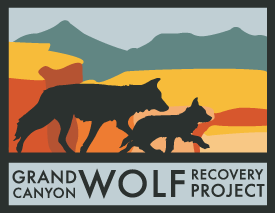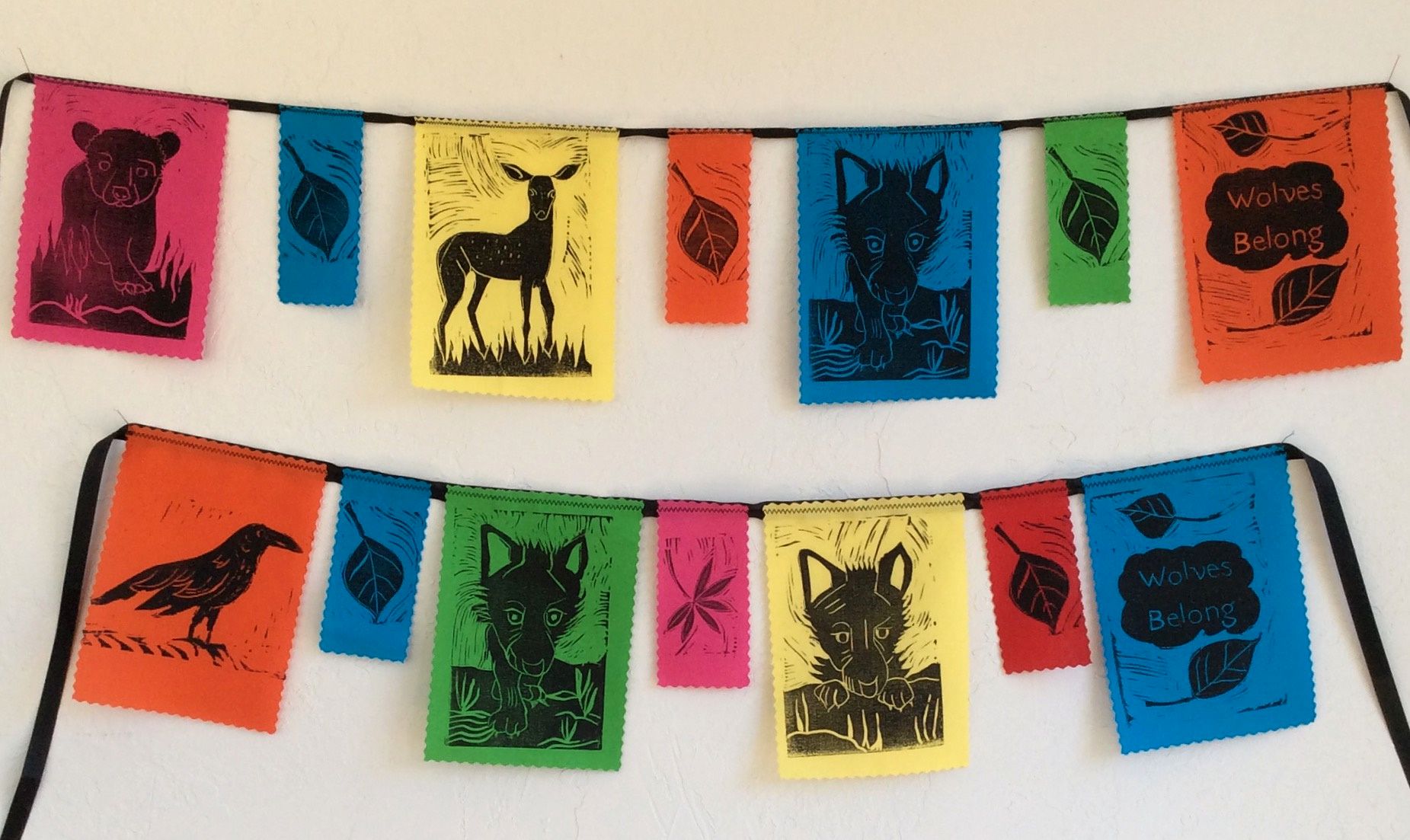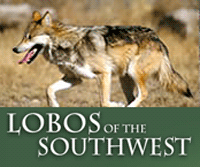TwinCities.com (Original) Posted on July 9, 2015 by Brady Mccombs, Associated Press
SALT LAKE CITY (AP) — A Utah hunter who killed the first gray wolf seen near the Grand Canyon in seven decades won't face criminal charges because he thought he was shooting a coyote, U.S. Fish and Wildlife announced Thursday.
The federal agency's investigation concluded the hunter didn't intentionally shoot the wolf, which is protected in Utah under the Endangered Species Act. The man, whose name was not released, realized his mistake after he saw the dead animal and immediately reported it to authorities, according to a new release. In Utah, anybody can hunt coyotes.
The 3-year-old female wolf — named "Echo" in a nationwide student contest — captured the attention of wildlife advocates across the county because it was so rare to see the animal near the Grand Canyon.
The wolf was shot in December in southern Utah. The Fish and Wildlife Service did DNA tests to confirm the wolf was the one seen roaming near the Grand Canyon's North Rim and nearby forest earlier that year.
Fish and Wildlife officials said in the release that the case is a good reminder that all hunters should "identify their target before pulling the trigger."
Investigators spoke with a hunter the man was with, reviewed other records and went in with their "eyes wide open" to make sure the man was being honest in saying he didn't know it was a wolf, said Dan Rolince, U.S. Fish and Wildlife Service assistant special agent in charge of law enforcement for the region.
"We didn't find anything to refute the hunter's statement," Rolince said.
Prosecutors tasked with making the final decision didn't have evidence to prove the hunter knew he was shooting a wolf, meaning they fell short of reaching the burden created by the long-standing McKittrick policy, said U.S. attorney's office spokeswoman Melodie Rydalch.
Under that policy, hunters who kill wolves get off unless authorities can prove they knew they were shooting a wolf.
That makes the burden of proof too high and undercuts the protections of the Endangered Species Act, said Michael Robinson with the Center for Biological Diversity. He is one of many wildlife advocates who called the wolf's death heartbreaking and said they wanted the hunter prosecuted. They said the animal could have helped wolves naturally recover in remote regions of Utah and neighboring states.
Robinson argues the policy should be changed.
"You can get a 'Get out of jail free card' by saying the magic words," Robinson said. "Those are: 'I thought it was coyote.'"
Robinson also laid blame on Utah state officials for not doing more to inform the public that the wolf may be roaming through the state.
State officials have said they are planning to address that by teaching hunters how to tell the difference between a wolf and a coyote during an orientation for a county program that offers people $50 per coyote. The man who shot this wolf was not registered for the program, officials said.
The wolf had worn a radio collar since January 2014.
Wolves can travel thousands of miles for food and mates. Gray wolves had been spotted as far south as Colorado until the Arizona wolf was confirmed. Gray wolves last were seen in the Grand Canyon area in the 1940s.
In recent years, the Fish and Wildlife Service lifted protections for the wolves in the Northern Rockies and western Great Lakes.
But during the past year, federal judges reinstated protections, which barred further hunting and trapping, in Wyoming, Minnesota, Wisconsin and Michigan after wildlife advocates sued.
Wolf hunts have continued in Montana and Idaho.
Wolves and coyotes often have similar coloring, but wolves are usually twice as large. Wolves also have longer legs, bigger feet, and rounder ears and snouts.
But how well a person can distinguish depends on the lighting, the distance and how much experience a hunter has comparing the two animals.
A similar mistake happened in northern Colorado recently when a hunter with permission to kill coyotes shot a gray wolf. After the hunter shot the wolf on April 29, he notified authorities.
There are at least 13 documented cases since 1981 in which hunters have shot a wolf thinking it was a coyote, according to research from the Center for Biological Diversity. That figure includes the recent incidents in Utah and Colorado.





